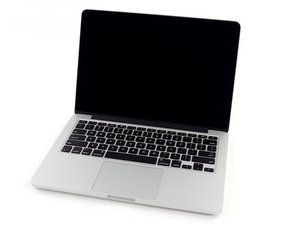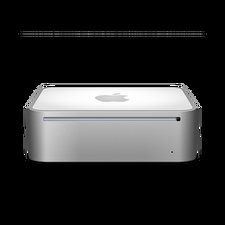After verifying that the AirPort Extreme card is firmly seated AND its wireless antenna connected is attached, give the following steps, in order, a try. Stop if a steps resolves the problem.
Step 1
• Open a Terminal session. The Terminal application is located in /Applications/Utilities.
• At the command prompt, enter: ifconfig -a
• Locate the network interface that is giving you trouble. (Note: en1 = AirPort)
• Look to see if Terminal indicates the problematic interface is not enabled. (Note: Enabled = flags: UP, status: active)
• If not enabled, enter: sudo ifconfig en1 inet up
• At the command prompt, enter: ifconfig -a
• Verify that the problematic interface is now active and various network interface related data should now be listed.
Step 2
• In Finder, go to /Macintosh HD/Library/Preferences/SystemConfiguration
• Move (not copy) the preferences.plist file to the OS X desktop.
• Restart the computer.
• Verify if you have connectivity. If not, go to the next step.
Step 3
• In Finder, go to /Macintosh HD/Library/Preferences/SystemConfiguration
• Move (not copy) the NetworkInterfaces.plist & com.apple.airport.preferences.plist files to the OS X desktop.
• Restart the computer.
• Verify that you have connectivity. If not , go to the next step.
Step 4
• In Finder, go to /Macintosh HD/Library/Preferences/SystemConfiguration
• Move (not copy) the entire SystemConfiguration folder to the OS X desktop.
• Restart the computer.
Verify that you have connectivity.
Bu yanıt yardımcı oldu mu?
Oy verildi
Geri al
Puan
0
İptal
Bu yoruma uygun yeri bulmak için bu konuyu kaydırın. Ardından, taşımak için "Bu yazıya yorum ekle"ye tıklayın.

 1
1 
 207
207  62
62 